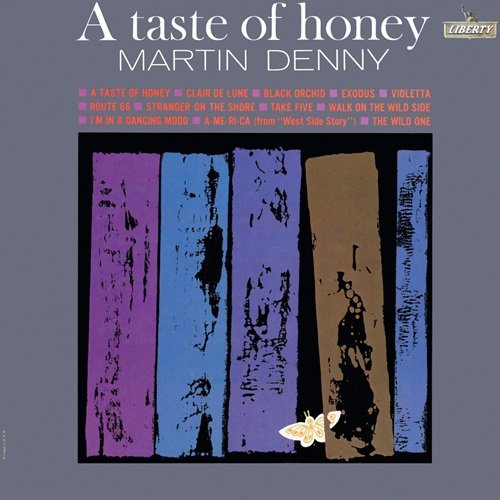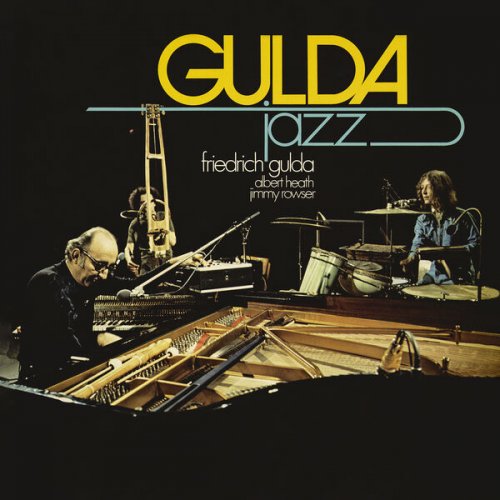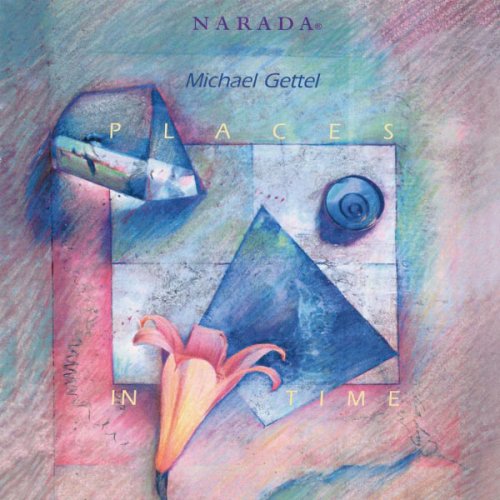Cornelia Samuelis, Chiyuki Okamura, Franz Vitzthum - Francesco Ratis: Dialoghi con l'Angelo (2014)
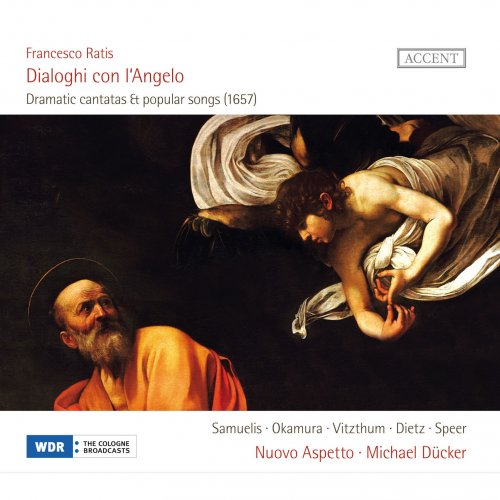
Artist: Cornelia Samuelis, Chiyuki Okamura, Franz Vitzthum, Christian Dietz, Yorck Felix Speer, Nuovo Aspetto, Michael Dücker
Title: Francesco Ratis: Dialoghi con l'Angelo (Dramatic cantatas & popular songs / 1657)
Year Of Release: 2014
Label: Accent
Genre: Classical
Quality: flac lossless +Booklet
Total Time: 01:00:38
Total Size: 297 mb
WebSite: Album Preview
TracklistTitle: Francesco Ratis: Dialoghi con l'Angelo (Dramatic cantatas & popular songs / 1657)
Year Of Release: 2014
Label: Accent
Genre: Classical
Quality: flac lossless +Booklet
Total Time: 01:00:38
Total Size: 297 mb
WebSite: Album Preview
01. Ciaccona di Paradiso e d'Inferno
02. Sinfonia No. 2
03. Dialoghi con l'Angelo: "O Musico t'annuntio un gran lamento..."
04. Non si và al Cielo
05. Per malum velle (After Merula, Quand'io volsi l'altra sera)
06. Sinfonia No. 3
07. Canzoni overo sonate concertate, Book 3, Op. 12: La Ruggiero
08. Dialoghi con l'Angelo: "Anima bella per il Cielo creata..."
09. Vana bergamasca
10. Ruger confuso
11. Sonate, arie et correnti, Book 3: Aria terza sopra, "Balletto"
12. Dialoghi con l'Angelo: "Cos'hai anima triste?"
13. Sonate, arie et correnti, Book 3: Aria quarta sopra, "La Ciacona"
14. Dialoghi con l'Angelo: "Ama anima Dio sol bontà..."
15. Fuga del mondo
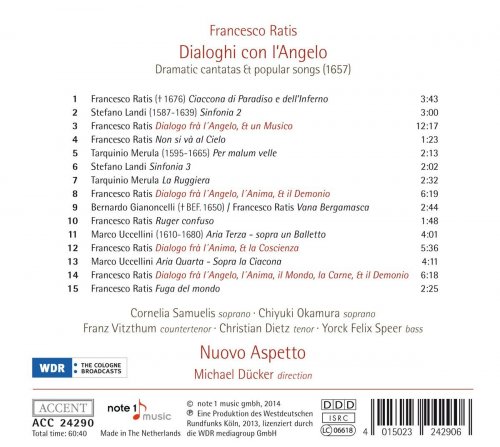
The famous 'Passacalli della Vita' aria, a genuine hit on the Early music scene, has been rumoured not to be an original composition from the 17th century at all, but the work of a present-day musician. Lutenist Michael Dücker has attempted to get to the bottom of this story, and obtained a copy of the printed edition ostensibly containing the song. As things turned out, not only was the sought-for aria original, but there were many other musical treasures hidden in this bundle of approximately 200 pages.
In this printed edition of 1657, of which only a few copies survive today, Francesco Ratis, organist of the Oratorium Order at Chiavenna, compiled numerous popular and folkloristic canzonette and provided them with spiritual texts. The aim of this music was to convert the listeners with catchy melodies to dialect texts, thereby encouraging them to be pious. The most exciting and interesting item in the bundle is a type of miniature oratorio hidden at the end of the collection. It consists of four dialogues featuring angels, demons and musicians who, in each case, confront personified figures such as the soul, the world, the conscience and the body. Ratis primarily transformed the dialogues in a songlike fashion. Through richly-coloured instrumentation (e.g. psalterium, harp, trombone and baroque guitar) the Ensemble Nuovo Aspetto brings out the various characters in a particularly vivid manner. Several instrumental works of this period have also been included as a supplement.
![Eshon Burgundy - Safe Place (Bossa Nova Jazz) (2025) [Hi-Res] Eshon Burgundy - Safe Place (Bossa Nova Jazz) (2025) [Hi-Res]](https://www.dibpic.com/uploads/posts/2025-12/1766079194_cover.jpg)

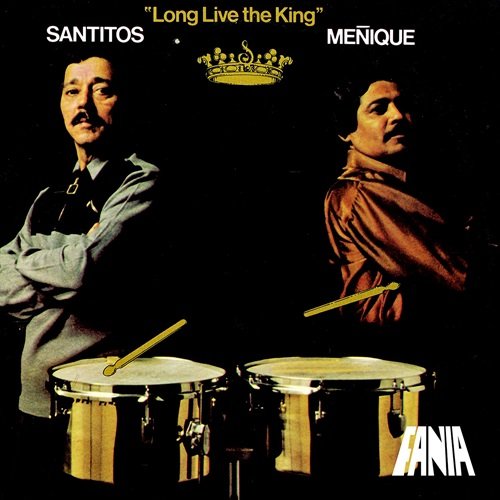
![Xavi Torres - Amsterdam Magic (2025) [Hi-Res] Xavi Torres - Amsterdam Magic (2025) [Hi-Res]](https://www.dibpic.com/uploads/posts/2025-12/1766061682_cover.jpg)
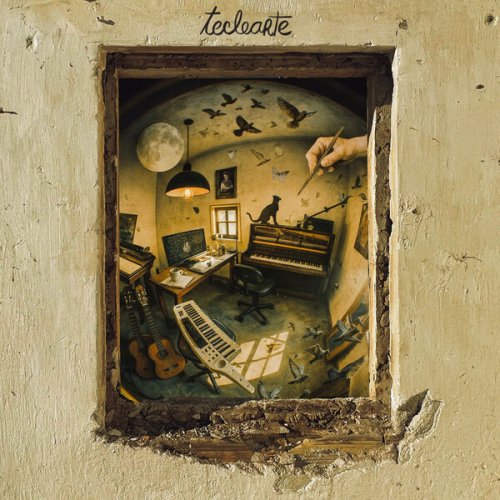
![Joshua White - Flora and Fauna: 9 Preludes for Solo Piano (2025) [Hi-Res] Joshua White - Flora and Fauna: 9 Preludes for Solo Piano (2025) [Hi-Res]](https://img.israbox.com/img/2025-12/19/1w90raxdb6ohgwszk3wk3pfts.jpg)
